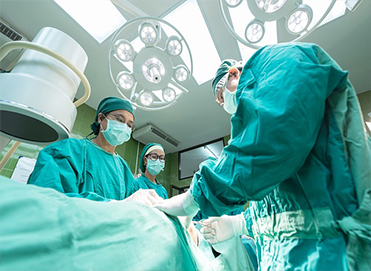We Offer Different Services To Improve Your Health

32-slice CT scan uses advanced technology to produce high-quality
A 32-slice CT scan uses advanced technology to produce high-quality, detailed cross-sectional images of the body using X-rays. It allows for a greater number of images (32) to be captured per rotation of the scanner, which can result in faster scan times and potentially lower radiation exposure compared to older CT scan models.
Detailed images: The ability to acquire 32 images per rotation allows for more detailed images of internal organs, bones, and tissues. Faster scan times: The enhanced image acquisition process can lead to shorter scan times, potentially reducing patient anxiety and discomfort. Lower radiation exposure: With modern technology and protocols, 32-slice CT scans can often provide the same level of detail with lower radiation exposure compared to older models.
- Diagnosing various medical conditions
- Evaluating internal organs
- Guiding procedures
- Detecting fractures, tumors, internal injuries, and other abnormalities.
- Imaging the heart, lungs, brain, and other organs.
- Providing real-time guidance during biopsies and other procedures.









.png)



















